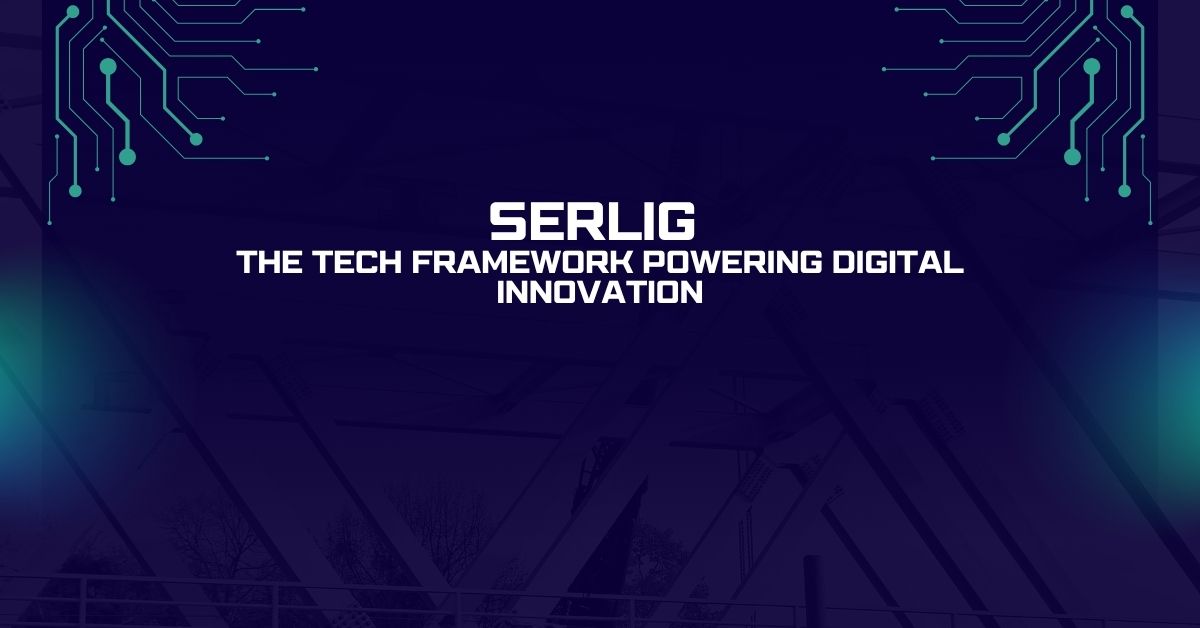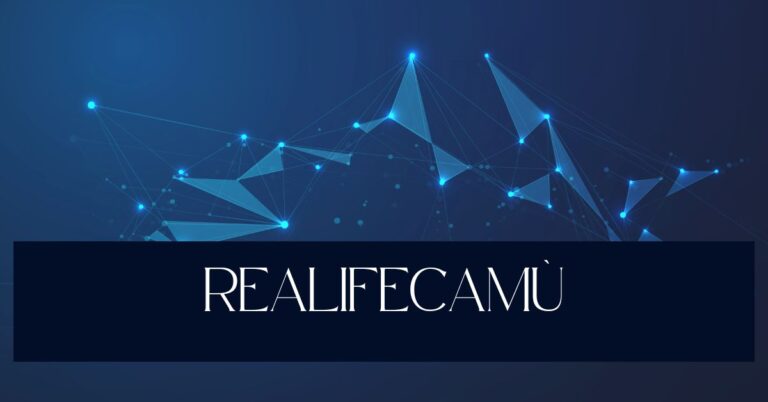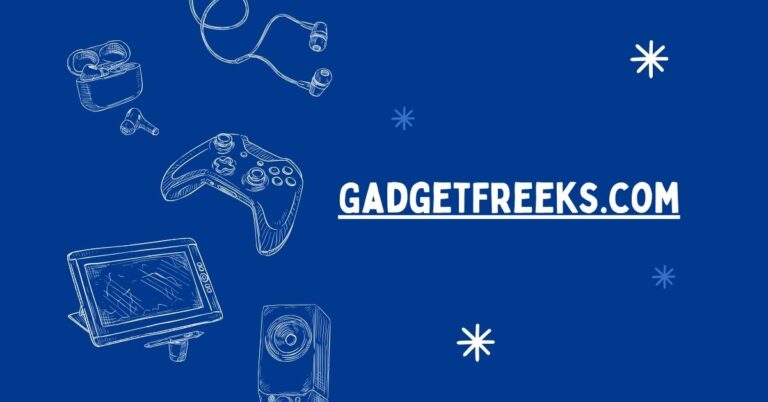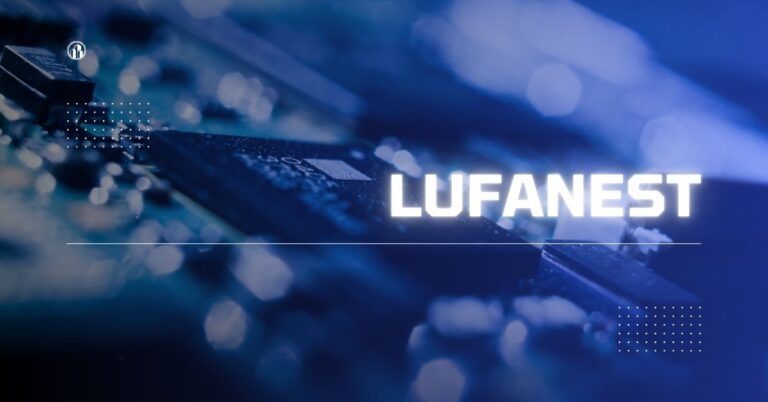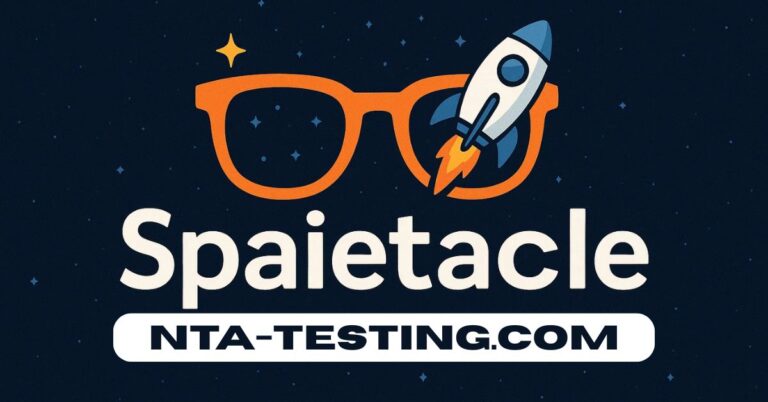Serlig: The Underrated Tech Framework Driving Digital Innovation Across Industries
Are you prepared to unearth a technological framework’s secret treasure? Get to know Serlig, a digital innovation trailblazer that is subtly revolutionizing whole sectors. Although most people are busy with popular tools, Serlig is quietly creating a stir. Its one-of-a-kind features are changing the way companies function, create software, and communicate with their clients.
Companies of all sizes, from fledgling startups to well-established corporations, are starting to see the value in this underappreciated framework. Get ready to be amazed by Serlig’s rich history, numerous benefits, and practical uses as we explore what sets it apart from the competition.
Let’s explore how this dynamic framework is not just a tool but a catalyst for change across various sectors!
History and Development of Serlig
A more obvious technological foundation was the impetus for Serlig to be born. The developers were looking for a way to fill the holes that were left by the old systems.
The original idea came from a group of dedicated inventors working together in a tiny innovation cluster. Simplifying and improving efficiency were their goals.
Serlig incorporated comments made by early users as it progressed. Quick enhancements and new features were made possible by this iterative method. The Serlig community expanded over time as members contributed new ideas and improved existing ones.
It became more powerful while remaining user-friendly with each subsequent iteration that included new features. In modern times, Serlig has become an example of how technological frameworks may benefit from collaborative development and innovation.
Advantages of Serlig over Other Tech Frameworks
For a number of very good reasons, Serlig is not like other tech frameworks. Developers may build apps quickly without compromising speed because to its lightweight architecture.
The adaptability of Serlig is a major plus. It is flexible enough to meet the needs of a wide range of projects thanks to its easy integration with a number of databases and third-party services. Businesses may simplify their operations efficiently because to this adaptability.
In addition, Serlig has an intuitive interface that makes developing a breeze. It simplifies the onboarding process for new team members by making the framework more user-friendly than competing options.
The widespread support from the community also adds to Serlig’s allure. Forums and resources may help developers with problems and best practices, encouraging teamwork and new ideas.
Its modular design allows developers more freedom to create individual components while still keeping their projects cohesive, which isn’t always the case with competing frameworks.
Real-Life Examples of Serlig in Action
The adaptability and strength of Serlig are causing waves in numerous fields. In order to simplify patient management systems, a top hospital in the healthcare industry used Serlig. Overall patient satisfaction increased and wait times decreased significantly as a result of this change.
Also in the banking industry, Ser-lig was used by a big bank to beef up their security measures for online transactions. Customers had a smooth experience because to the framework’s comprehensive features, which helped avoid hazards.
The retail industry made use of Ser-lig to enhance inventory management on an e-commerce platform. The result was more accurate demand forecasts and fewer stock disparities, which helped the company do well at busy times.
Institutions of higher learning are also using Ser-lig to create individualized classrooms. They can personalize lessons according to data collected from students’ performance by incorporating this technological framework into their existing systems.
These examples showcase Serlig’s versatility and effectiveness in several sectors. The practical uses of this technology demonstrate its ability to promote creativity and efficiency on all levels.
How Serlig is Driving Digital Innovation Across Industries
Because of its one-of-a-kind capabilities, Serlig is changing the game for several industries. The ways in which this framework boosts productivity and efficiency are being discovered by many industries.
Ser-lig improves healthcare by making patient data management easier. It facilitates the smooth integration of systems, which in turn improves communication between patients and their providers.
Ser-lig helps businesses in the retail industry by allowing them to tailor their interactions with customers. Companies may track customer actions in real-time and create personalized promotions.
Automation driven by Ser-lig also yields benefits in manufacturing. This framework allows smart factories to optimize production lines, save operating costs, and keep output quality high.
Institutions in the education sector also use Ser-lig to build interactive virtual classrooms. Students all across the globe may benefit from the adaptive tools’ increased accessibility and involvement.
Innovation is accelerating at a rate never seen before as more sectors adopt this flexible framework. In an increasingly digital world, success will depend on how well each industry can adapt.
The Future of Serlig and Its Impact on the Tech Industry
Potential abounds in Serlig’s future. The need for digital frameworks that can quickly and easily adapt to changing sectors is on the rise.
Quick iterations of development are made possible by Serlig’s design. This adaptability lets companies swiftly shift course when the market demands it. As more and more businesses pursue digital transformation, Ser-lig will play an increasingly important role.
Prospects are expanding as a result of new technology, such as AI and the Internet of Things. Revolutionary applications in several fields may result from combining these developments with Ser-lig.
In addition, it encourages innovation through its community-driven strategy. To keep Ser-lig current in the face of ever-changing technology environments, developers from all around the world submit ideas and enhancements.
Solutions like Ser-lig are becoming vital for enterprises as they strive for competitive advantages. It will play an important role in future technological advancements because to its capacity to simplify procedures while improving scalability.
Conclusion
In the tech world, Serlig is a shining example of what is possible. Many sectors are only now starting to investigate the possibilities presented by its distinctive features.
Businesses are drawn to Serlig’s versatility because it helps them create more efficient and resilient frameworks. It offers novel features suited for current issues and interacts effortlessly with existing systems.
Ser-lig appears to have a promising future. As its community expands and development continues, it has the potential to have a significant impact on digital innovation.
Unprecedented levels of efficiency and innovation will be unleashed as more sectors embrace this paradigm. Looking at how Ser-lig develops in the future can help us find new prospects in different industries.
Also Read Laaster – Real-Time Digital Innovation
FAQS
1. What is Serlig?
Serlig is a flexible technology framework that facilitates the rapid creation of reliable applications. It integrates robust backend features with intuitive user interfaces.
2. How does Serlig differ from other frameworks?
Designed to be flexible and adaptable to meet the unique demands of different industries, Ser-lig stands out from inflexible standard frameworks.
3. Which industries benefit most from using Serlig?
The Ser-lig framework’s flexible features have shown to be highly beneficial for industries including healthcare, banking, retail, and logistics.
4. Is it easy to learn how to use Serlig?
Of course! Developers report that, in comparison to more complicated systems, it is easy to understand due to its straightforward architecture.
5. What’s next for the future of Serlig?
The framework itself will likely undergo continuous upgrades and changes to keep up with the fast-paced evolution of technology. This will further solidify its position as a driver of digital innovation across all industries.

